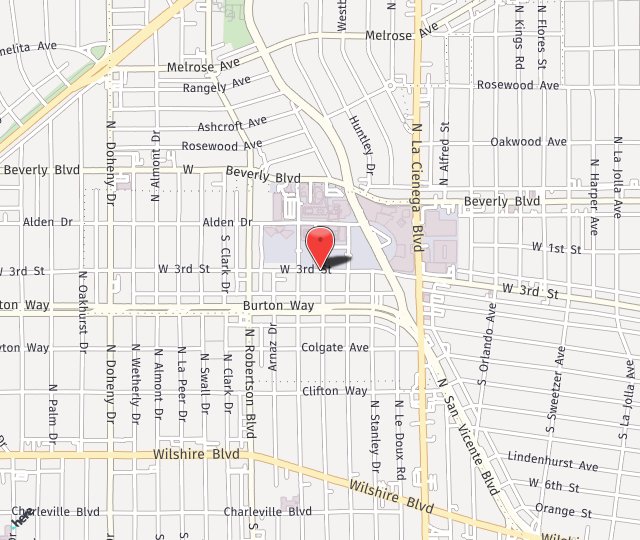Taking the Pressure Off a Nerve
- Posted on: Oct 15 2019
 We all have pressure in our lives. It could be that tyrannical boss at work. It could be the strain of trying to pay the bills. It could even be simply getting on the 405 every day into the sea of metal and glass.
We all have pressure in our lives. It could be that tyrannical boss at work. It could be the strain of trying to pay the bills. It could even be simply getting on the 405 every day into the sea of metal and glass.
Or the pressure could be on a nerve in places such as your wrist or elbow, among others. As pressure from overly tight structures around the nerve increases, the person can lose feeling, function, and even the ability to move the body part or area served by the nerve.
Dr. Seruya performs neurolysis, commonly known as nerve decompression surgery, to remove the pressure on the nerve and restore feel and function.
Why would I need neurolysis?
Our nerves can become squeezed or entrapped across our bodies. You hear of friends or co-workers with the most common nerve entrapment, carpal tunnel syndrome. There the nerve running through the carpal tunnel in the wrist becomes compressed. But this can happen all the way down to the foot (tarsal tunnel syndrome).
The way this happens is typically the same. The nerve can become compressed beneath tight anatomic structures surrounding the nerve. These may be muscle, tendon, fascia, and even bone. The nerve remains fully in place, but its outer lining can be damaged by the pressure from the surrounding structures. The body builds scar tissue as a response to the pressure. This scar tissue replaces the natural outer insulation of the nerve, called myelin. When scar tissue replaces myelin the electrical signals have trouble traveling down the nerve. Due to this poor relaying of the signals, muscles are not signaled to contract and areas of skin can feel numb. Now you have the signs of nerve compression.
What conditions can be treated with nerve decompression surgery?
There are many conditions where this surgery could be very helpful:
- Carpal tunnel syndrome
- Cubital tunnel syndrome
- Radial tunnel syndrome
- Tarsal tunnel syndrome
- Thoracic outlet syndrome
- Chronic headaches
- Peroneal nerve entrapment
- Diabetic neuropathy
What is recovery after neurolysis?
For these decompression procedures, Dr. Seruya will release the tight fascia, muscle, tendon, or bone that is compressing the nerve. Then he removes the scar tissue that has built around the nerve.
These surgeries generally take less than one hour per surgical site. Patients can resume light activity as soon as comfortable. In six weeks they can generally return to full activity. Relief is often immediate, although there may be lingering or intermittent tingling or numbness in more severe cases.
Do you have symptoms of nerve compression? Call Dr. Seruya at (310) 423-2129 to schedule a consultation.
Posted in: Nerve Decompression/Neurolysis

